Vegetable Insects
Beneficial Syrphid Flies in Indiana High Tunnels
Allison Zablah & Laura L. Ingwell
If you want to view as pdf, click here
Introduction

Syrphid flies, also known as hoverflies or flower flies, are beneficial insects commonly mistaken for bees. However, they are true flies and can be distinguished by having only one pair of wings, unlike bees, which have two pairs (four wings). As adults, syrphids play a valuable role as pollinators, while their larvae serve different functions depending on the species. They can be predators, feeding on soft-bodied pests, pollen feeders, like aphids, or decomposers, helping break down decaying organic matter. This guide highlights the most common aphid-eating (aphidophagous) syrphid species found in high tunnel systems, with images and descriptions of both the adult and larval stages. Why do syrphids matter in agriculture? Learning to identify and recognize these helpful insects can lead to more informed pest management decisions, potentially reducing pesticide use and allowing natural enemies to manage pest populations. The syrphids featured in this guide are found specifically in high tunnel environments, a habitat that is stressful and avoided by many natural enemies. Interestingly, syrphids are also one of the first natural enemies found in spring and last to be seen in fall, highlighting their ability to forage into the shoulder seasons under protected culture.
How to Use This Guide and Why It Matters
This guide is designed as a practical tool to help you identify syrphid flies (also known as hoverflies) commonly found in Indiana high tunnel crop systems. Use it to recognize beneficial syrphid species on the spot. Understanding which syrphids are present can give you insight into your local insect community and help you improve pest management strategies, especially for controlling aphids and other soft-bodied pests. Many syrphid larvae are natural predators of aphids, while adults feed on nectar and pollen, contributing to pollination. Syrphid larvae are often hard to spot because they blend in with the plant surface, so recognizing the adults is the first step to scouting for this beneficial insect. If you see adults present, check aphid, thrips, or mite populations closely, as these pests may already be under natural control due to syrphid larvae feeding on them. This is especially important in protected environments like high tunnels, where traditional pollinators like bees are not abundant. Soft-bodied pests such as aphids, thrips, and mites are common in these systems, providing abundant food for syrphid larvae. By learning to recognize syrphids, you can better support and conserve these beneficial insects, contributing to healthier crops and reduced pesticide use. Know your bugs because the right ID can lead to more resilient farms!
Identification Guide
Adults: Syrphid flies often mimic bees or wasps in shape and color to avoid predators. Most have slender or oval-shaped bodies and range in size from 4 mm to over 15 mm, depending on the species. Despite looking like bees or wasps, they do not sting or bite. Below are some key features:

Larvae: Syrphid fly larvae are maggots: legless with a tapered body. They are commonly green, brown, or translucent, making them well camouflaged on plant surfaces. You’ll frequently find them in or around aphid colonies, especially on the underside of leaves or stems of plants. Although they move slowly, these larvae are active predators feasting on soft-bodied prey.

Life Cycle
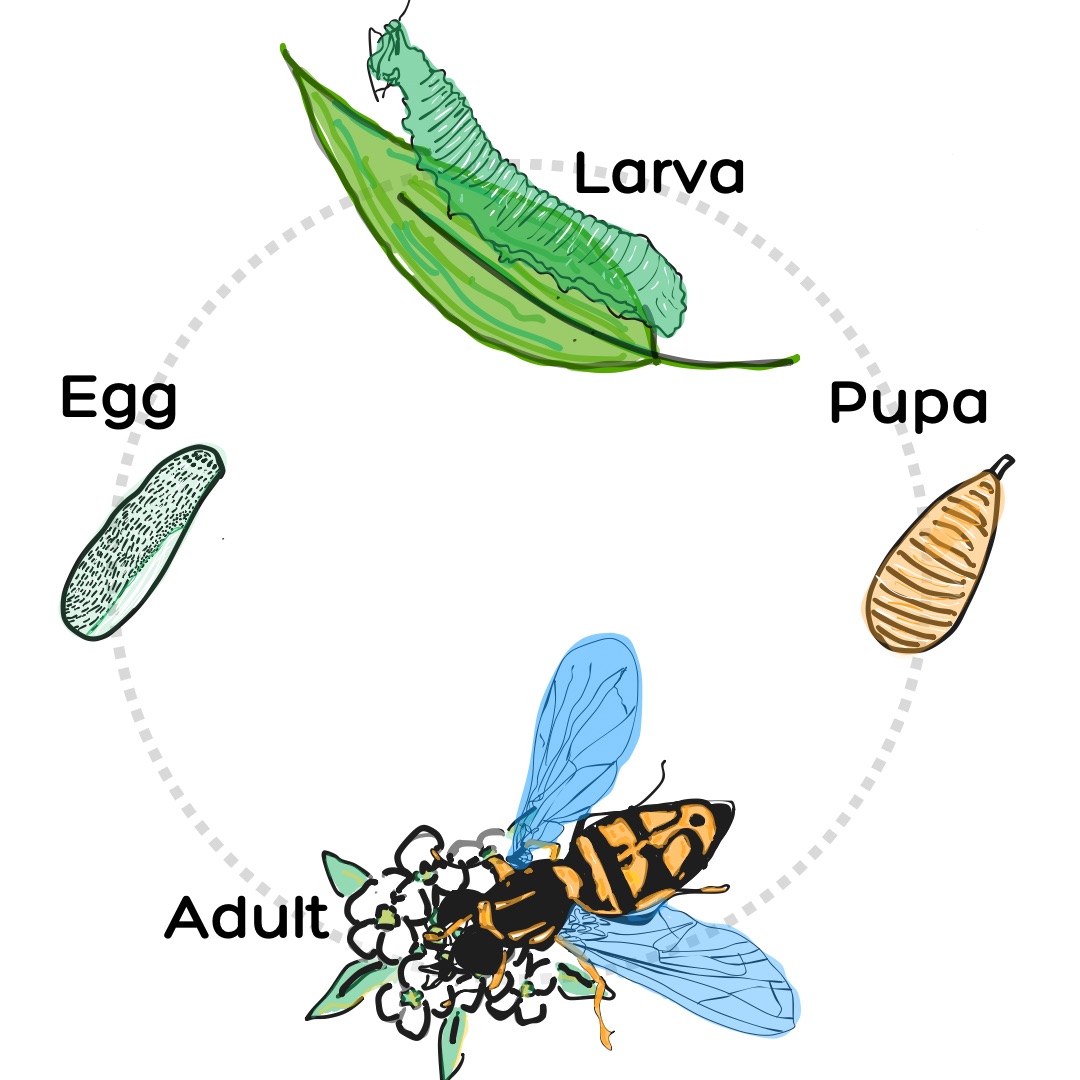
Syrphid flies go through complete metamorphosis, meaning they have four distinct developmental stages: egg, larva, pupa, and adult.
Egg: The female lays tiny, white, oval-shaped eggs directly on the plant surface near aphid colonies, often on leaves or stems.
Larva: After hatching, the legless larva begins feeding on aphids or other soft-bodied pests. This stage lasts 7-21 days, depending on the temperature. Larva typically go through 3 instars (stages) before pupating, increasing in size and the amount of prey they consume as they grow.
Pupa: When fully grown, the larva drops to the soil or stays on the plant to form a hard case (pupa), inside of which the final transformation to adult occurs. This stage lasts 7-14 days, depending on temperature, but can be shorter in hot weather or longer in cooler conditions.
Adult: The adult fly emerges from the pupal case. Males and females look very similar within a species. Both feed on nectar and pollen, contributing to pollination in the process. Adults are sexually mature in 2-5 days, then mate and reproduce. Multiple generations can occur during the growing season, especially in warm weather.
How to Support Syrphids on Your Farm
-
Provide Continuous Floral Resources
- Plant flowering plants that bloom at different times to offer nectar and pollen throughout the season. Best options include:
- Early-season: sweet alyssum, cilantro, and buckwheat.
- Mid-season: dill, fennel, coriander, and mustard greens.
- Late-season: sunflowers, goldenrod, and cosmos.
- Plant flowers in strips within or next to crops, or simply add flowering plants along the outer edges of the field to attract beneficial insects.
- Plant flowering plants that bloom at different times to offer nectar and pollen throughout the season. Best options include:
-
Reduce Soil Disturbance
- Syrphid fly larvae often drop to the soil to pupate.
- Minimize tillage to avoid killing pupae.
-
Minimize Pesticide Use
- Syrphid flies are susceptible to insecticides.
- Use Integrated Pest Management (IPM) strategies:
- Monitor pest levels.
- Use thresholds before spraying.
- Apply selective or reduced-risk products in the evening when flies are less active.
- Avoid contact insecticides like pyrethroids and organophosphates.
-
Maintain Habitat Diversity
- Provide a mix of crops and wild plants; diversified landscapes attract more beneficial insects.
- Maintain hedgerows, grassy margins, and native vegetation nearby providing perennial habitat.
-
Provide Shelter and Overwintering Sites
- Adult syrphids overwinter in leaf litter, grassy areas, or undisturbed field margins.
- Avoid burning or clearing these habitats in fall and winter.
- Wait to mow cover crops or wildflower strips until syrphid flies are active in spring, so you don't destroy overwintering adults.
MARGINED CALLIGRAPHER (Toxomerus marginatus)
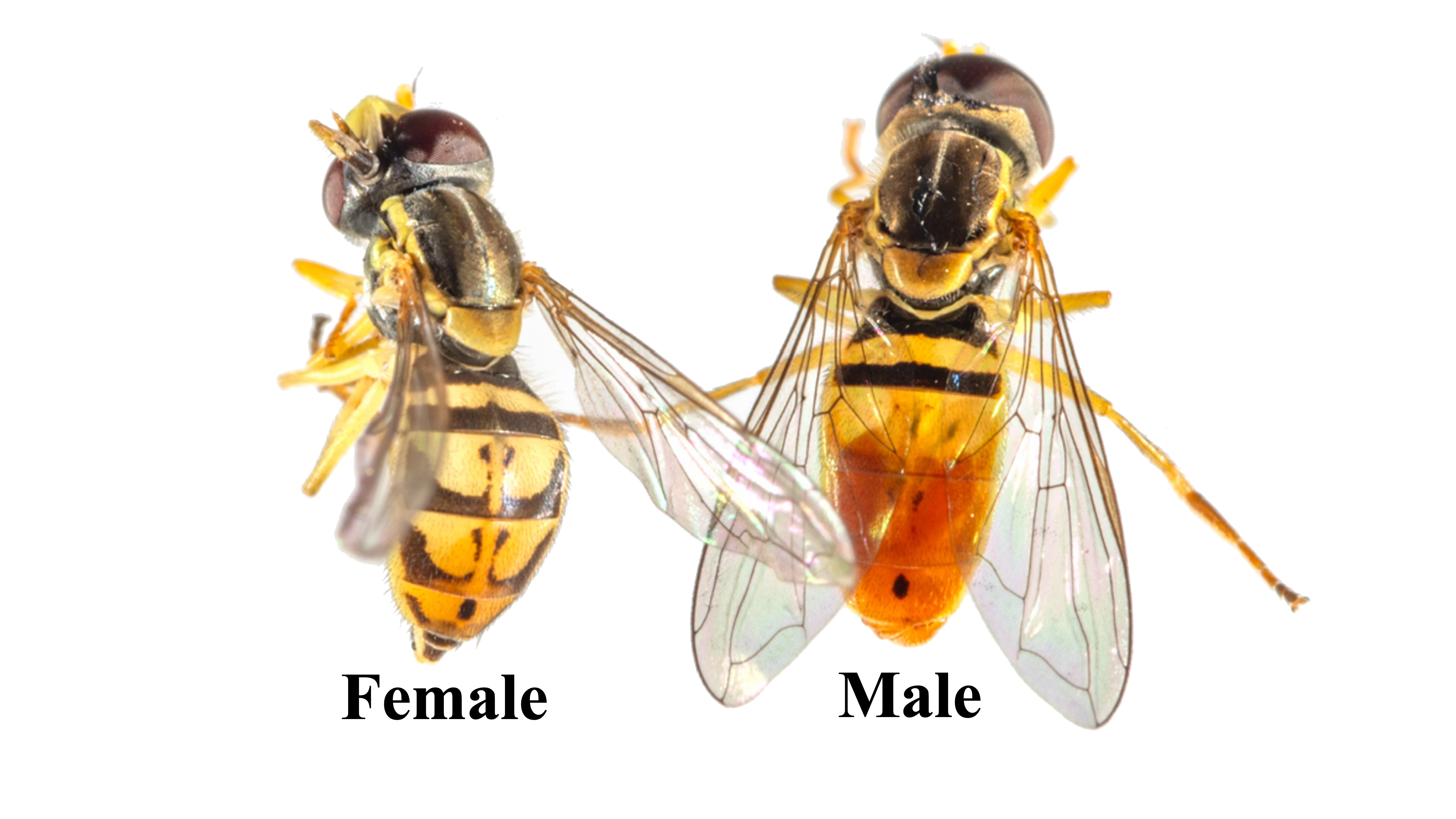
This is the most frequently encountered syrphid.
Active period: mid-March through early October
Adult size: 4.9-5.7 mm long
Identification: a small, slender fly with a narrow, elongated abdomen marked by yellow-orange bands and thin black striping. Its wasp-like appearance serves as mimicry to deter predators.
Larvae feed on: primarily aphids, but also mealybugs, thrips, and occasionally small caterpillars.
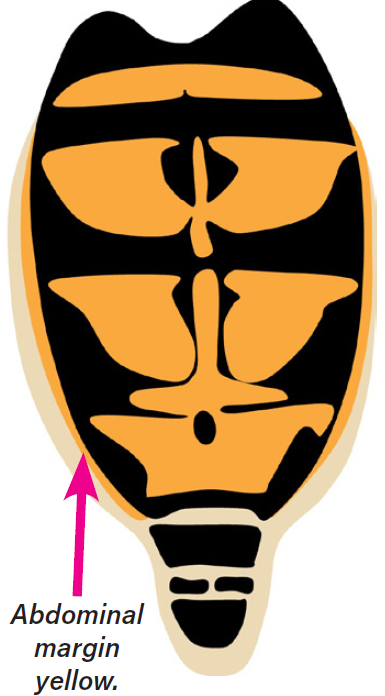
EASTERN CALLIGRAPHER (Toxomerus geminatus)
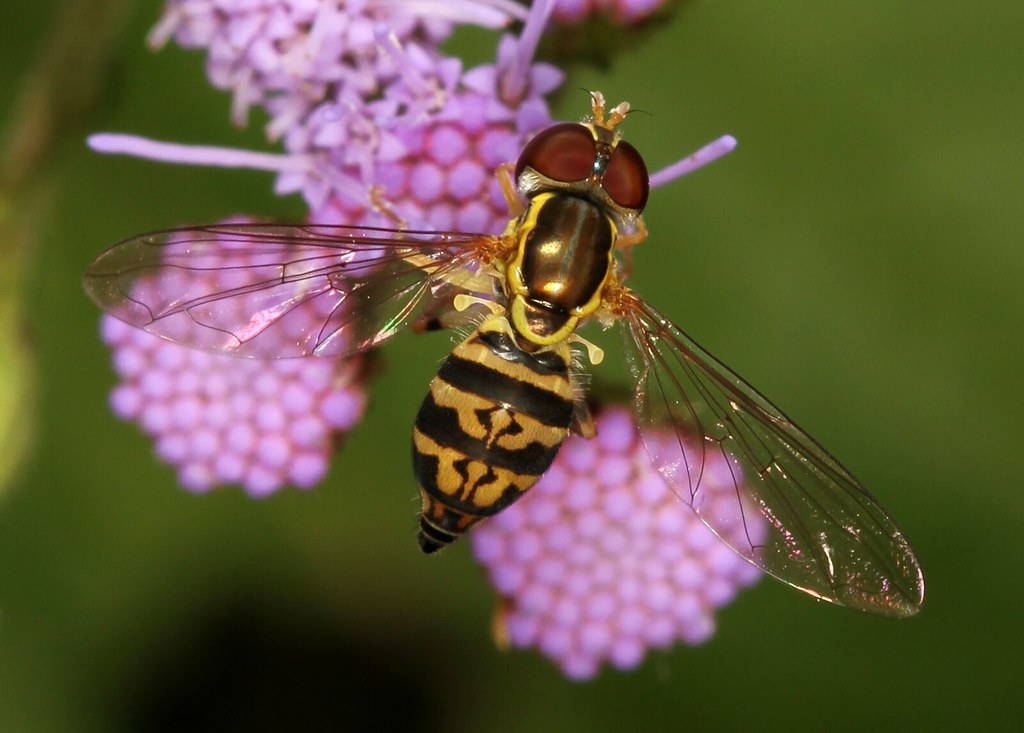
Active period: late April through late October
Adult size: 6.1–7.6 mm long
Identification: this species has a dark abdomen marked with distinctive yellow patterns.
Larvae feed on: wide range of aphids and mites when available.

MAIZE CALLIGRAPHER (Toxomerus politus)

Active period: Late July through early October
Adult size: 7.0–9.0 mm long
Identification: easily recognized by its distinct abdominal markings, which set it apart from other small syrphids.
Larvae feed on: primarily corn pollen (a non-pest food source) and they also consume caterpillar eggs when available.
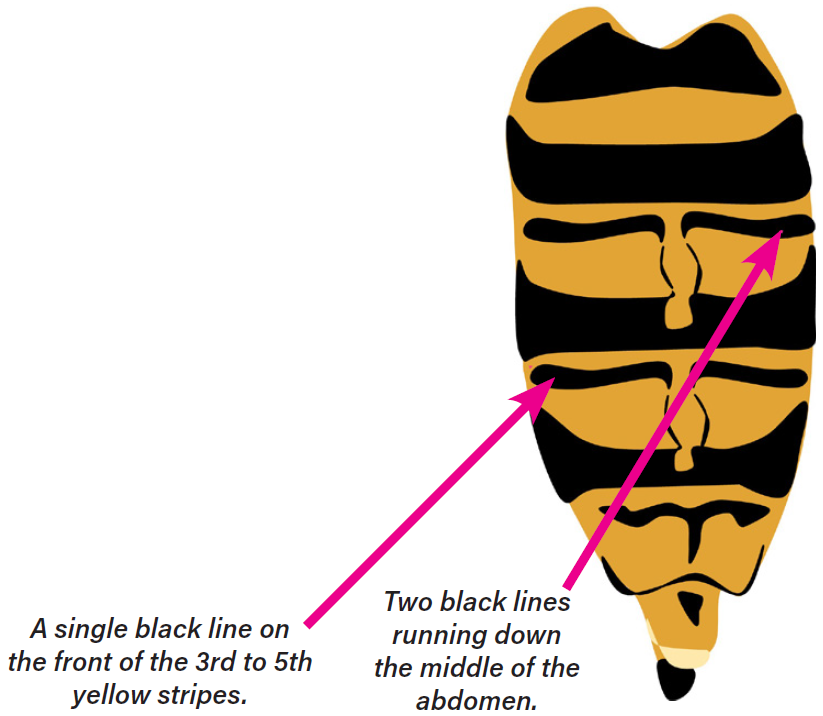
LONG-TAILED APHIDEATER (Eupeodes americanus)
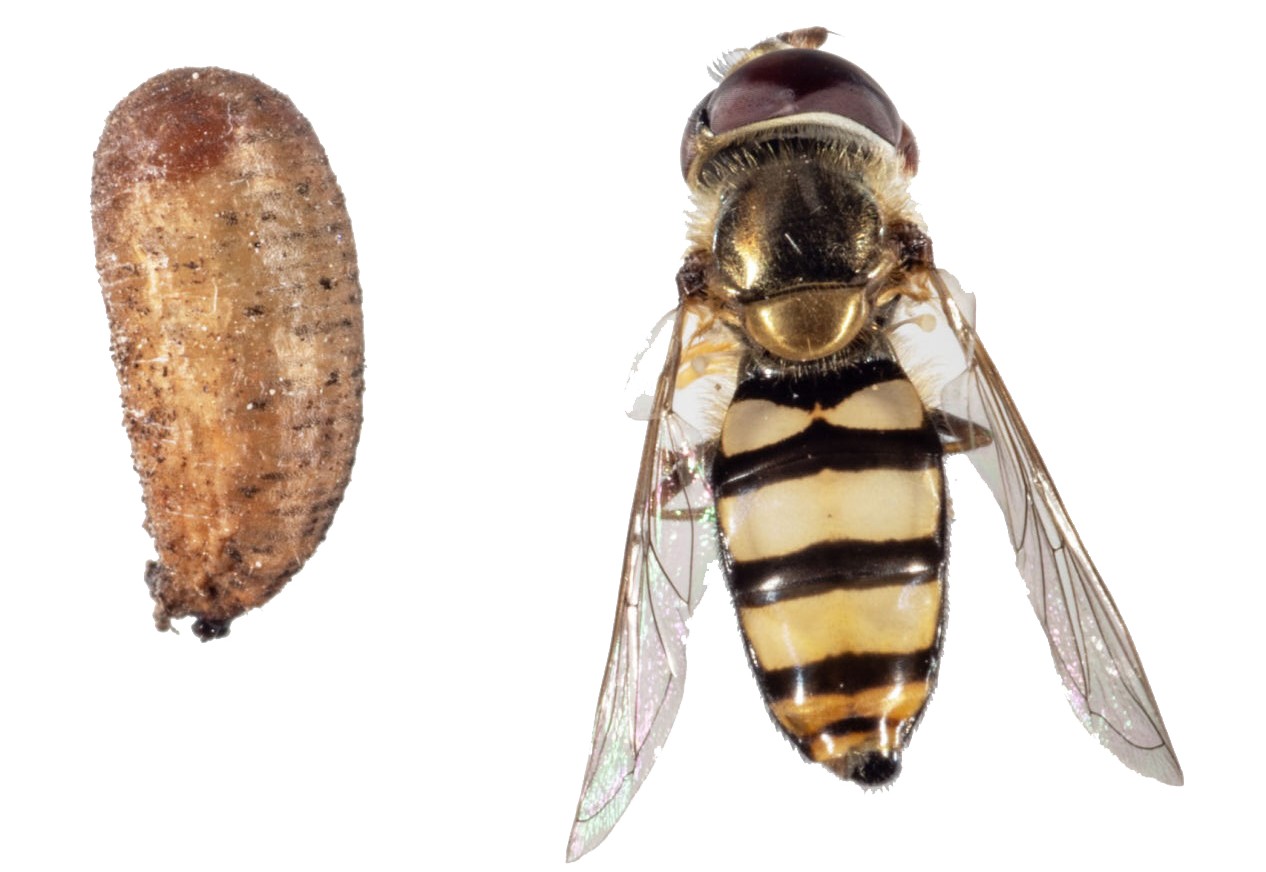
Active period: mid-April to mid-November, with peak activity in spring and fall
Adult size: 7.0-11.0 mm long
Identification: the abdomen has broad bright yellow bands across the back segments.
Larvae feed on: aphids and adelgids.
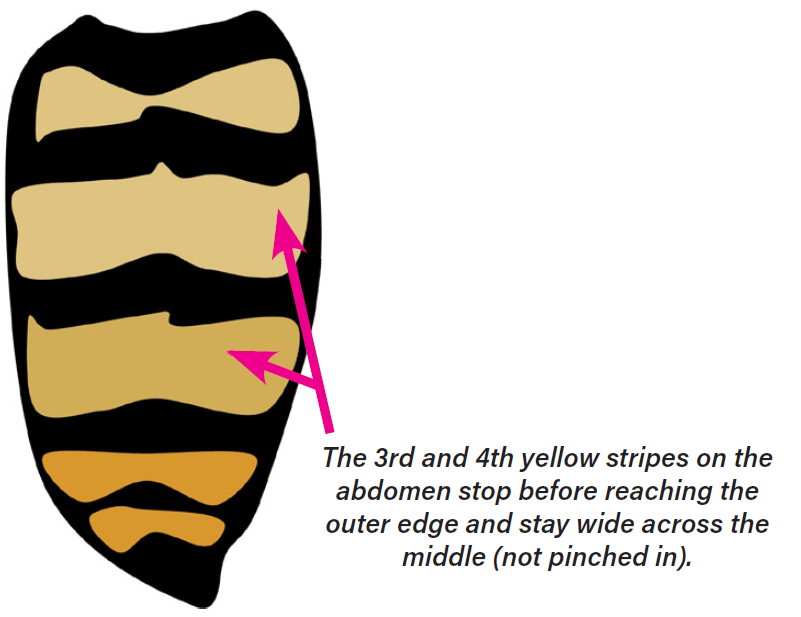
VARIABLE APHIDEATER (Eupeodes latifasciatus)
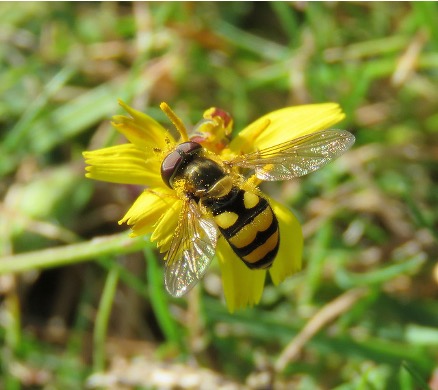
Active period: mid-April through mid-September
Adult size: 7.0-10.0 mm long
Identification: 2 large yellow dots followed by yellow bands on the abdomen with bold black areas.
Larvae feed on: root aphids.
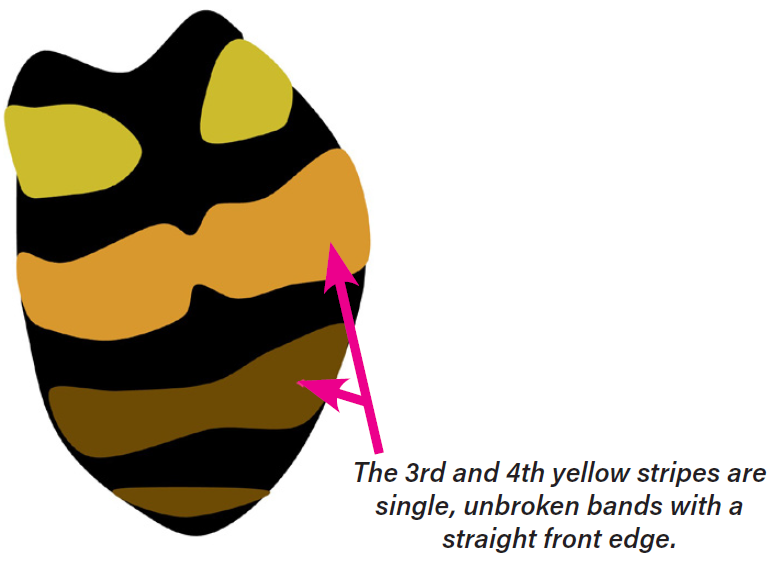
OBLIQUE STRIPETAIL (Allograpta obliqua)
Active period: mid-April through late September
Adult size: 5.4-9.0 mm long
Identification: easily recognized by having extra yellow stripes on the abdomen.
Larvae feed on: a wide range of soft-bodied pests, including mites, caterpillars, psyllids, mealybugs, whiteflies, and more than 50 species of aphids.
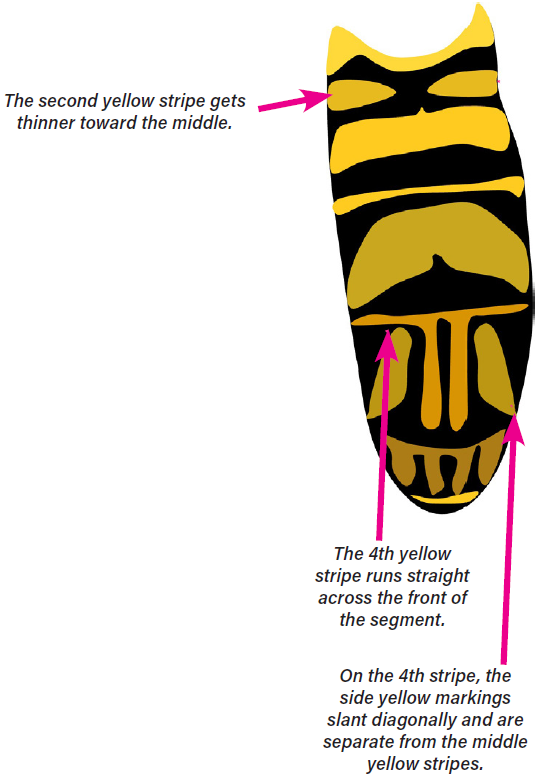
YELLOW-LEGGED FLOWER FLY (Syrphus rectus)

Active period: Late April to mid-November
Adult size: 7.2–10.3 mm long
Identification: a yellow-and-black syrphid fly with broad yellow stripes that reach the edges of the abdomen. The yellow bands are not pinched in the middle, giving the abdomen a bold, solid striped look.
Larvae feed on: aphids, especially on herbaceous plants.
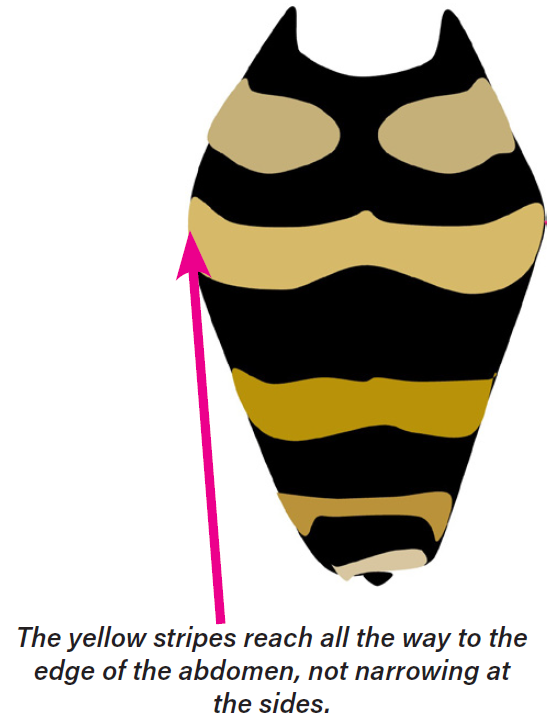
TUFTED GLOBETAIL (Sphaerophoria contigua)
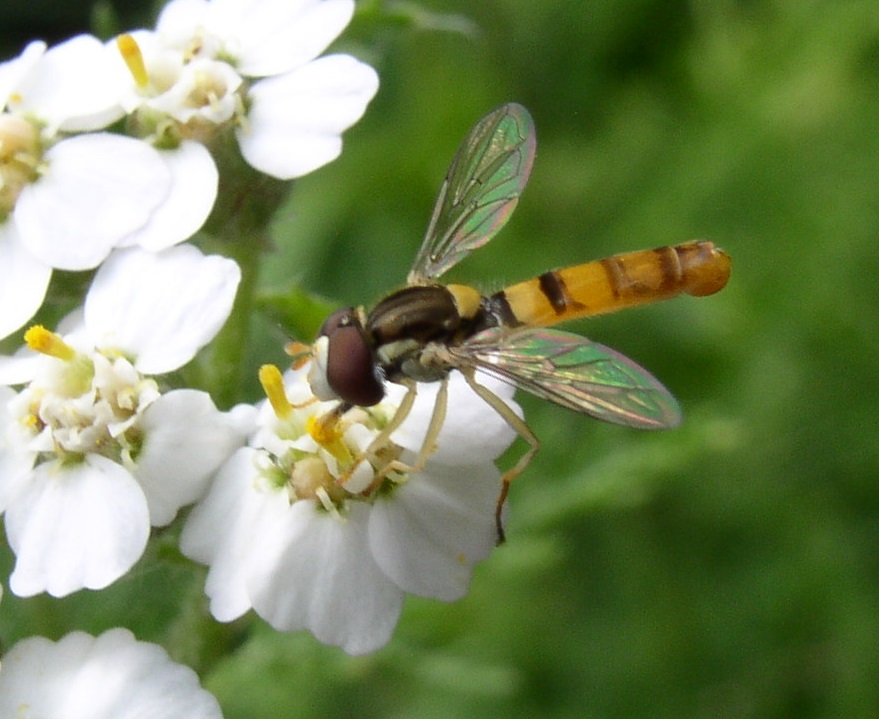
Active period: Mid-April to early October
Adult size: 6.5–8.8 mm long
Identification: long, thin, golden abdomen with lateral yellow stripes.
Larvae feed on: Mites, aphids, and caterpillars.

OTHER TOOLS & RESOURCES
- If you'd like to learn more about syrphid flies, we recommend the book Field Guide to the Flower Flies of Northeastern North America.
- For information on specialty crop research conducted in high tunnels, visit High Tunnel Production Resources.
- If you're looking for identification keys, see Flies of Illinois, USA, page 8.
- Online key to genera (Skevington et al., p. 19).
- You can also visit Purdue's Vegetable Crops Hotline, particularly Issue #751 and Issue #737, for more practical information.
REFERENCES
- Skevington, J. H., Crins, W. J., Locke, M. M., Marshall, S. A., & Young, A. D. (2019). Field Guide to the Flower Flies of Northeastern North America. Princeton University Press. https://doi.org/10.1515/9780691192512
- Dunn, L., Lequerica, M., Reid, C. R., & Latty, T. (2020). Dual ecosystem services of syrphid flies (Diptera: Syrphidae): pollinators and biological control agents. Pest Management Science, 76(6), 1973–1979. https://doi.org/10.1002/ps.5807
- Rotheray, G. E., & Gilbert, F. (2022). Syrphid (Diptera: Syrphidae) biology: Evolution, ecology, and ecosystem services. Insects, 13(7), 573. https://doi.org/10.3390/insects13070573
- Miranda, G. F. G., Young, A. D., Locke, M. M., Marshall, S. A., Skevington, J. H., & Thompson, F. C. (2013). Key to the genera of Nearctic Syrphidae. Canadian Journal of Arthropod Identification, (23). https://doi.org/10.3752/cjai.2013.23
- Illinois Nature Preserves Commission, & Moorehouse, A. (2020). Flies of Illinois (Guide No. 1255, 16 pp.). Field Museum of Natural History.
- Davis, A. E., Bickel, D. J., Saunders, M. E., & Rader, R. (2023). Crop-pollinating Diptera have diverse diets and habitat needs in both larval and adult stages. Ecological Applications, 33(5), e2859. https://doi.org/10.1002/eap.2859
